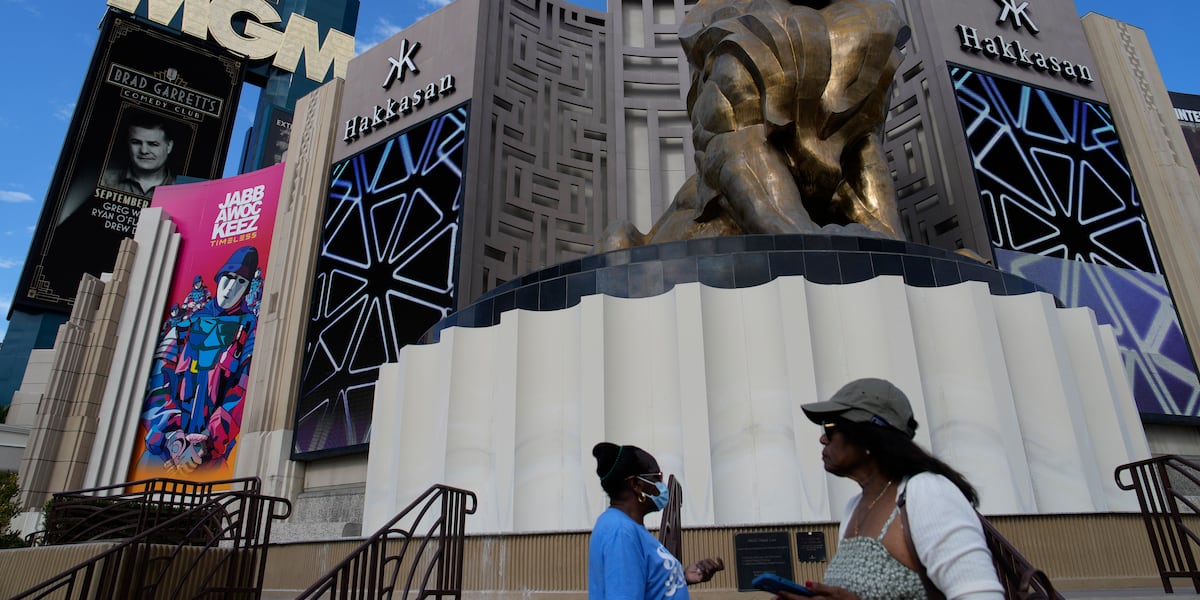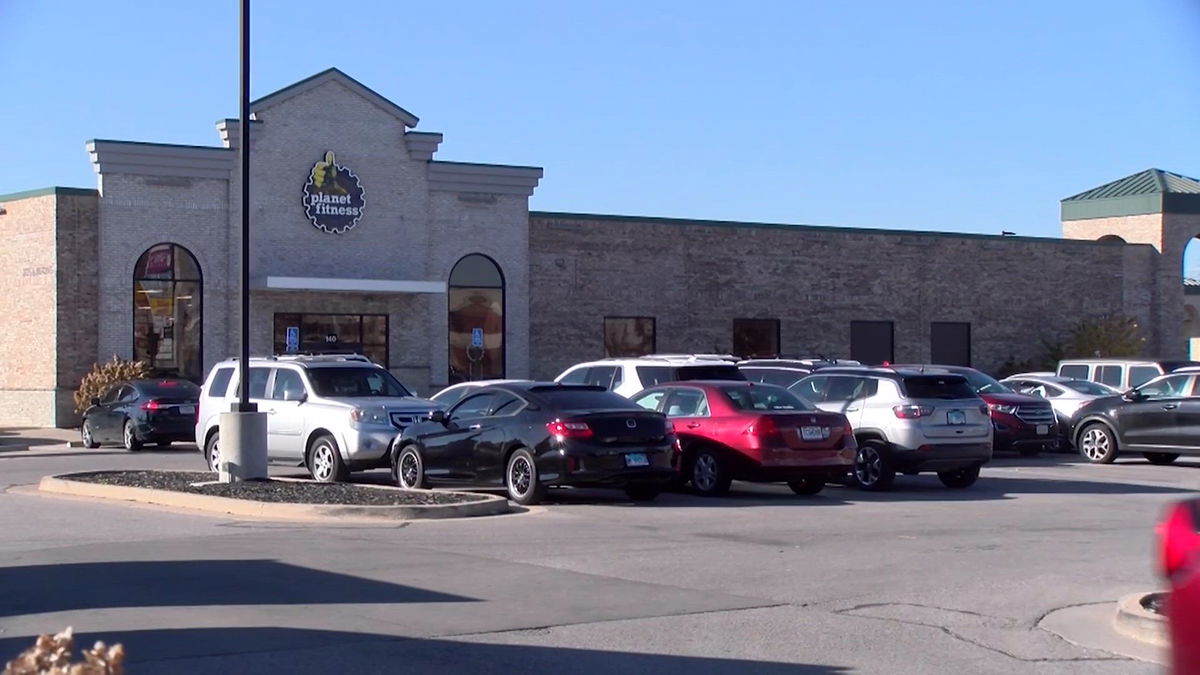Fashion
How a fashion game encouraged 3 million Roblox players to rock the vote

When 25-year-old Roblox creator Jonathan Courtney, known as Whosetrade, launched “Virtual Vote” on Roblox, the goal was simple: to meet young people where they’re spending their time and encourage civic engagement without the usual “get out and vote” messaging. By leaning into fashion and social gaming, the three-week campaign, running October 7 to November 1, drew in 3 million users to learn about voting.
Justin Hochberg, the CEO of the brand game creation company Virtual Brands Group and funder of the initiative, said he was inspired by the success of MTV’s Rock the Vote campaign, which began in the 1990s. He called Roblox today’s version of a “pop culture town square” for Gen Z.
Players accessed the “Virtual Vote” game through portals in popular Roblox games like “Livetopia,” which has seen 4.7 billion user visits, to date; and Karlie Kloss’s “Fashion Klossette,” with 33.1 million total visits. Once inside, an in-game ad took players to Super League Gaming’s “unlockable” system, which distributed a digital item or exclusive access to those who entered their personal information to check their voter status, which was verified by headcount.org. Items included Jamie Anderson’s Oakley goggles, designed by Whosetrade in partnership with Oakley, as well as the chance to win an all-expense paid trip and snowboard lesson with Anderson and other celebrity sweepstakes.
The campaign’s reach exceeded the average for branded pop-ups on Roblox. Virtual Vote earned 3 million visits and 100 million media impressions, plus 500,000 players engaged with a custom-built Electoral College map game, and nearly 4,000 new voters either registered or checked their status. For comparison, according to Hochberg, an October Instagram post from Taylor Swift generated around 405,000 visits to a voter education site.
The campaign was also successful at driving off-platform actions. The number of players who went from interacting in the game to checking their voter status outperformed Facebook’s average click-through rates for educational ads, which typically hover just below 0.73%, Hochberg said — Virtual Vote’s click-through rate was 0.77%. For its part, Facebook has come under fire for not checking ads featuring misinformation days before the election.
This goal of organic engagement made all the difference, Hochberg said. “We’re not annoying people with ads; we’re making it fun,” he said. He stressed that, if you meet people where they are, they’re likely to respond.
The campaign also introduced Oakley’s presence on Roblox through Anderson, a two-time Olympic snowboarder. Her virtual gear, including a digital take on her signature green Oakley goggles, served as a draw for players to participate.
“I wanted to connect with young people in a way that feels real and empowering,” Anderson said of her involvement. “And fashion is a huge part of my career.”









